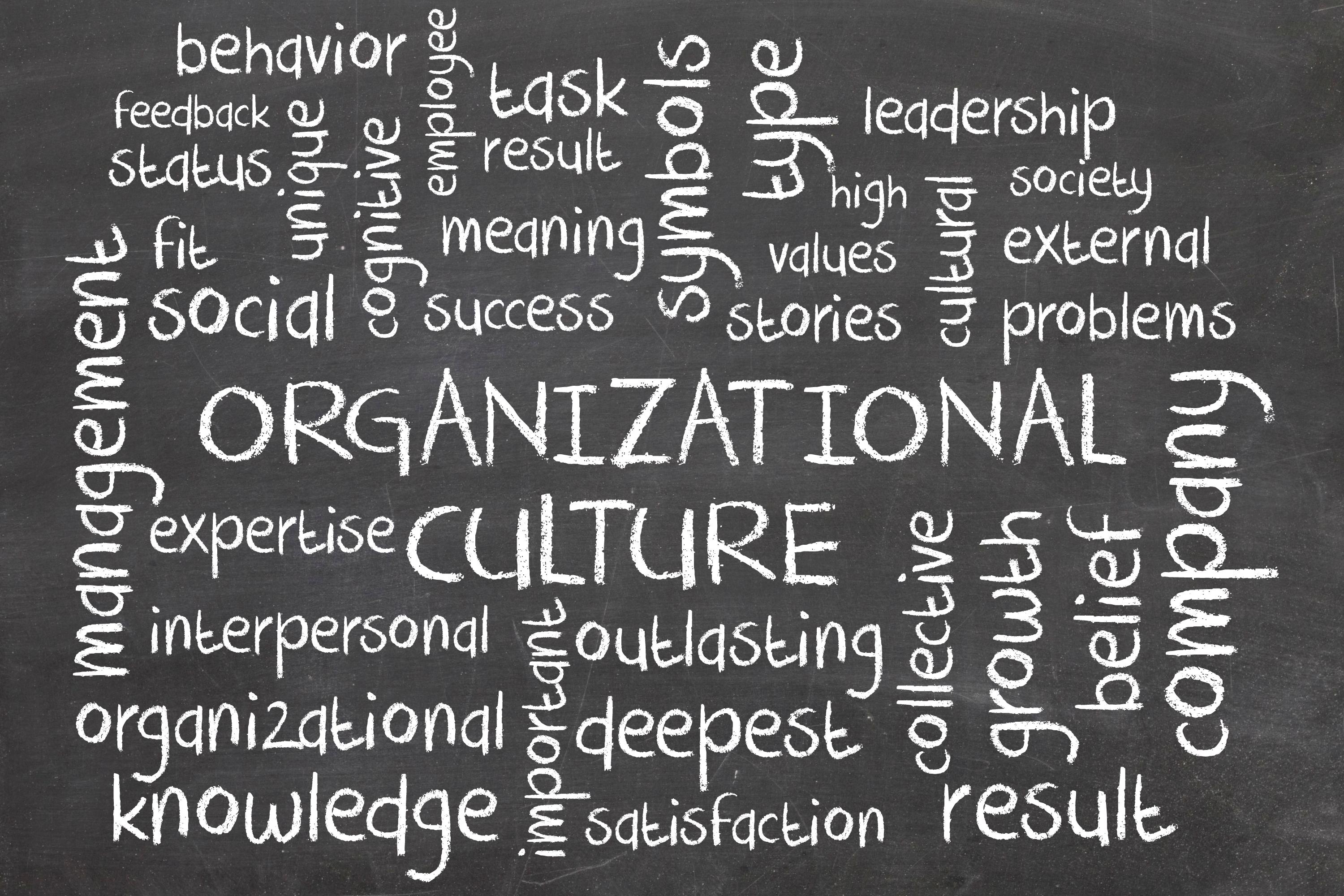Leadership Book Review: Cultural Revolution

Have you ever renovated something ─ like an antique clock, old car or a house? To successfully renovate it, you needed a manual or blueprints.
Kevin Oakes, head of the HR research firm The Institute for Corporate Productivity, used this analogy in his book, Culture Renovation, to describe how an organization should approach a culture change. He suggests that you need a blueprint before starting.
In the book, Oakes describes his design of a three-part (18-step) blueprint for cultural change where you don’t tear down the culture to start from scratch. You use the pieces that are still working to ‘renovate’ it.
He emphasizes that there are only a few things more critical for the long-term health of an organization than its culture because there is a strong correlation between an organization’s performance and its culture. He does this through sharing his blueprint for a ‘cultural revolution,’ which includes:
- The three phases (Build, Plan and Maintain) which detail the 18 action steps to make the cultural change you want to see.
- Practical insights, original reliable research and stories from familiar organizations that are recent and relevant.
- Actionable strategies to change and maintain the new culture
With 18 steps, there is an abundance of takeaways. The one that piqued my interest the most was recruiting cultural ambassadors. Experts often talk, including Oakes, about the importance of “the top-down leadership and messaging when embarking on a cultural revolution” (p.133). But Oakes also points out that there can be a lot of influence coming from the employees themselves.
Especially those individuals who believe in the change and are willing to promote and reinforce the new culture.
These people should be brought into the planning, building and maintenance of the new culture to help influence and encourage others that the purpose of the change is necessary and will help the organization and its employees perform to satisfaction.
The ultimate goal of a leader should be to “future-proof the organization, and corporate culture is the key to making it happen” (p. 28). This is continuing to change, so leaders and culture must change with it.
Reading this book and implementing even a few of the evidence-based, actionable strategies will not only help your organizational culture but improve the performance as well.


